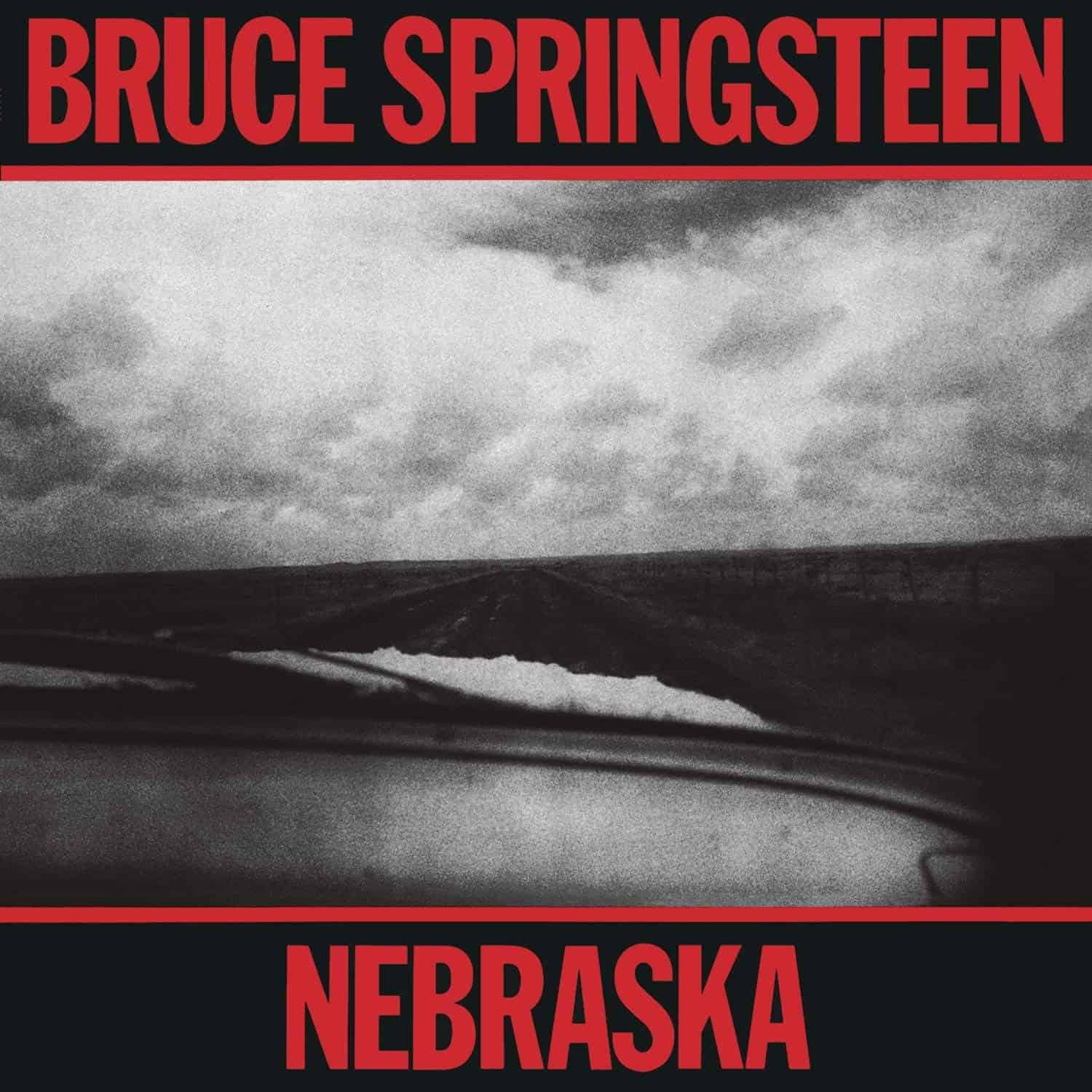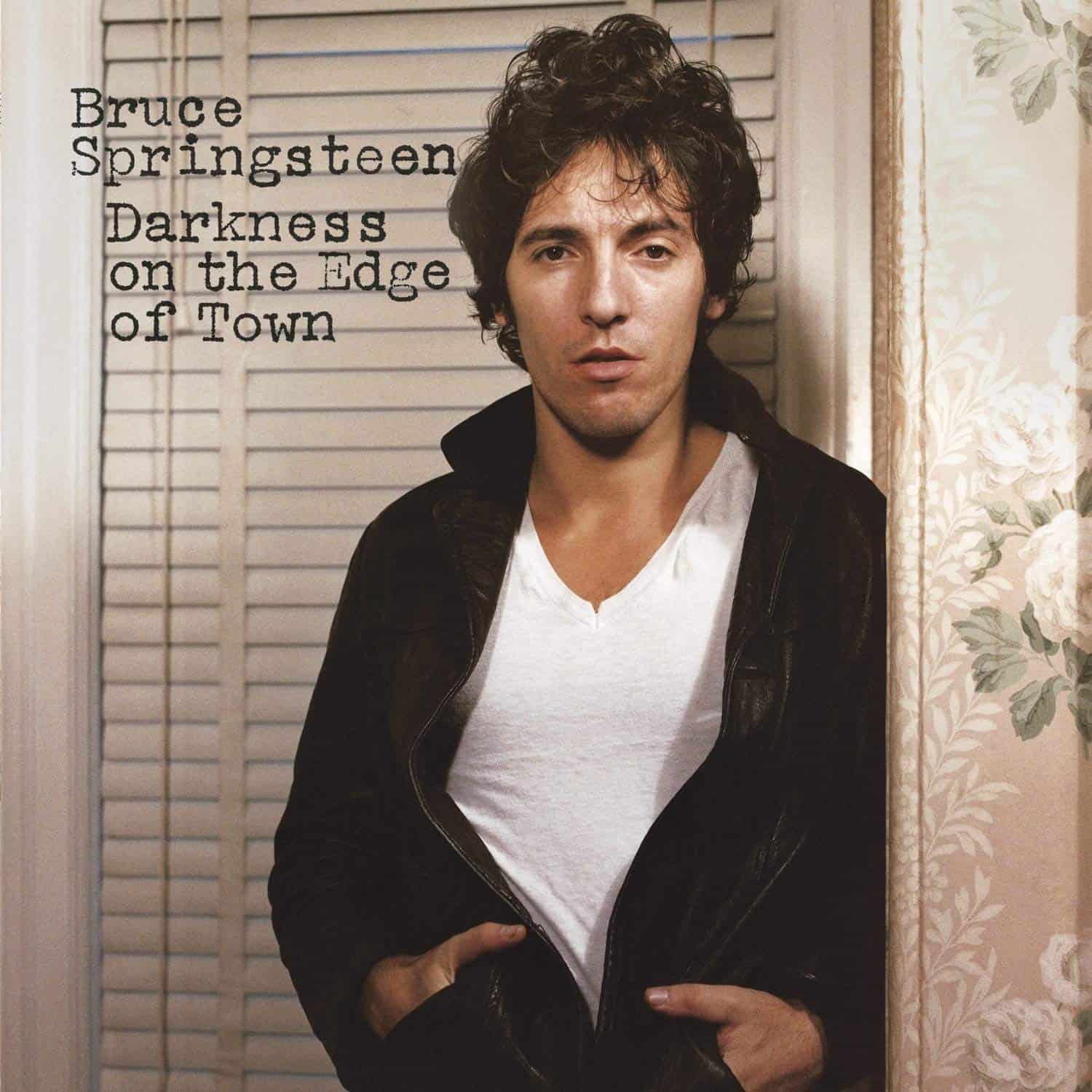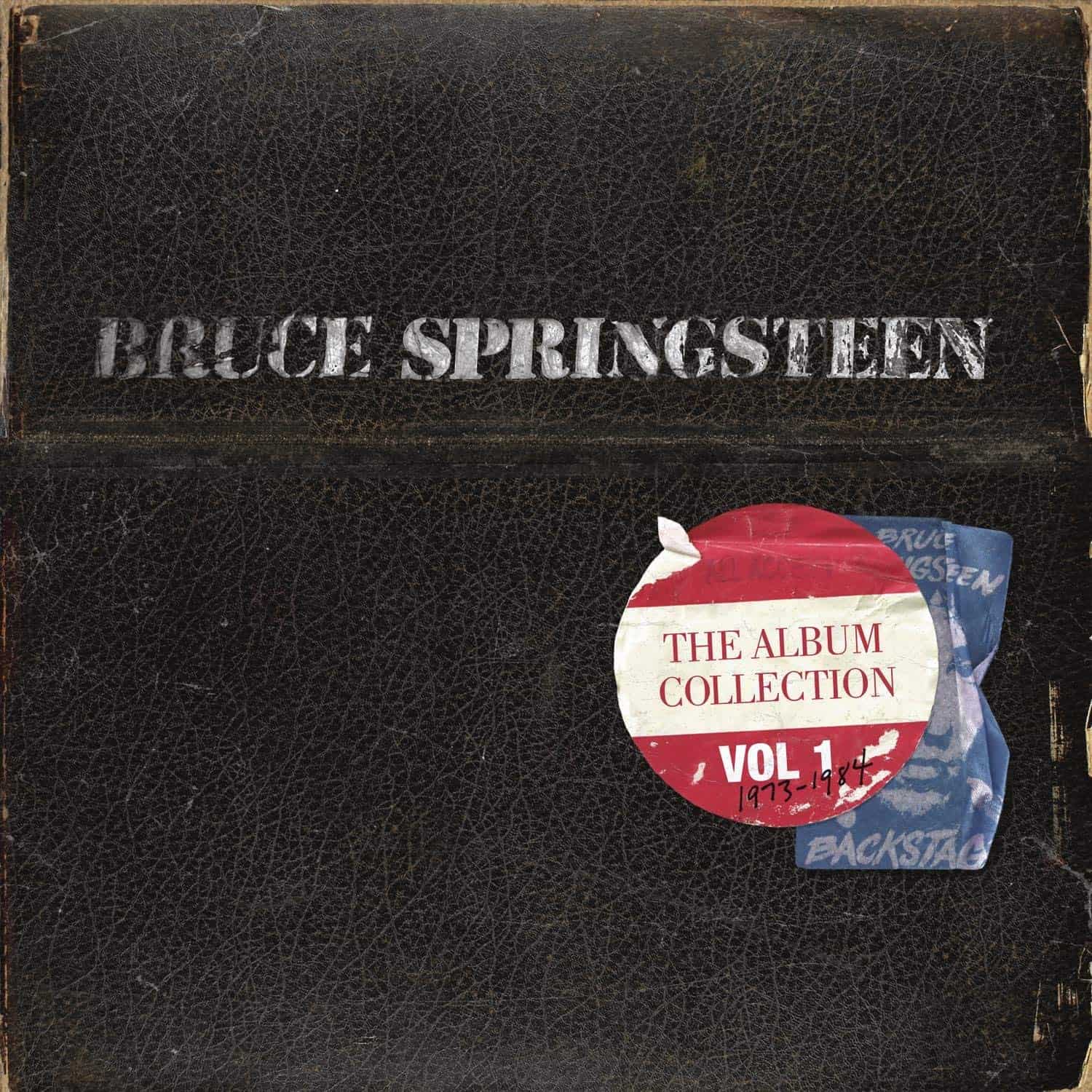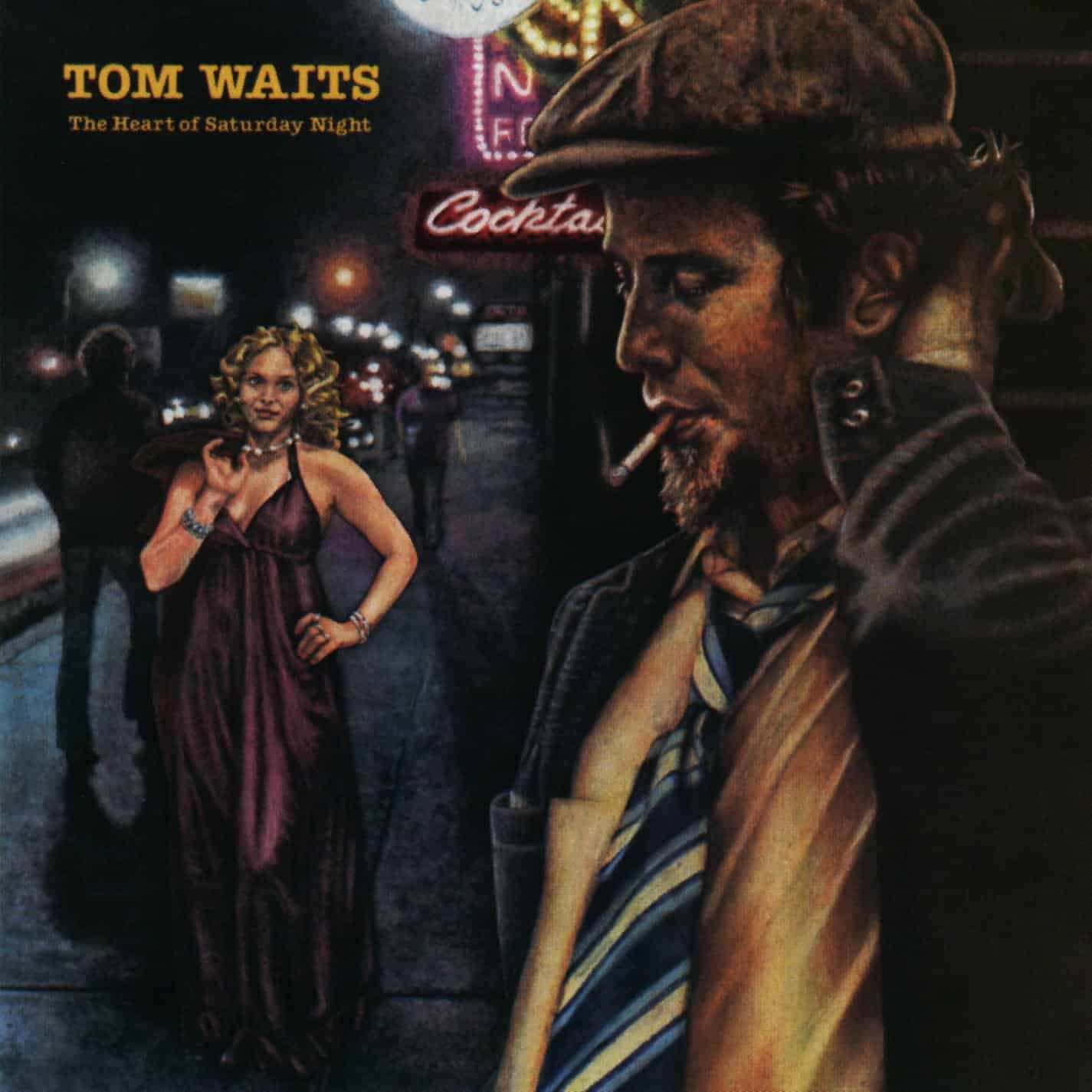Marketplace
2014 Sony Legacy Recordings PRESSING
- Catalog Number 88875014241
- Release Year 2014
- Vinyl Mastering Engineer Robert Ludwig & Chris Bellman
- Pressing Weight 180g
- Jacket Style Gatefold
- Pressing Plant MPO
When listening to this album I think of this band or music:
Phil Spector, a huge influence on the overall sound of this record.
Music from this album would be a great soundtrack to this movie:
“Backstreets” would be a good song in a movie about a summer romance, “Meeting Across the River” would set the tone in a film about a crime caper gone wrong, and “Night” would work well in a story about a person’s struggle with a spirit-killing job.
You could be forgiven if, in 1975, you thought Bruce Springsteen’s appearance on the covers of Timeand Newsweek during the same week soon after the release of Born to Run happened as a result of music-industry hype. But Columbia Records had been vigorously promoting the singer/songwriter since his 1973 debut, Greetings from Asbury Park, N.J., and critics had praised his work. Despite the attention from the press and Columbia, Springsteen’s first two albums didn’t sell.
An intense promotional campaign helped move Born to Run into the Top Ten soon after it arrived in stores. Still, the 25 people who waited with me in 1975 at Music Scene in Central Pennsylvania for the store manager to open the boxes of the just-delivered album were there because all of us had caught at least one of Springsteen’s live shows during the previous 18 months. Born to Run became popular the old-fashioned, pre-MTV, pre-Internet way: By way of relentless touring and stunning live shows that led to a word-of-mouth groundswell.
For Born to Run, Springsteen and his co-producers, which by then included critic Jon Landau, moved to a higher-budget studio, the Record Plant, and created a more layered and complex record than his first two. “Backstreets” and “Jungleland” retain the sweeping romanticism of The Wild, the Innocent & the E Street Shuffle, but “Tenth Avenue Freeze-Out” and “She’s the One” hint at the tighter songwriting that came in later records. Born to Runtook more than 14 months to record, a large portion of the time devoted to capturing the title track.
Phil Spector proved a major influence on the recording of Born to Run, and its dense sound has never been an audiophile favorite. For the new remaster, Bob Ludwig used the Plangent Process, which eliminates anomalies such as wow and flutter from analog recordings. Chris Bellman CQ cut the lacquers from the resulting digital file. Springsteen’s voice comes across as more three-dimensional on the new pressing and the instruments are better separated. Roy Bittan’s piano has a more pronounced albeit still subtle force on “Thunder Road” and rocks solidly on “10th Avenue Freeze-Out.” Horn arrangements throughout the album feel more fleshed out and powerfully rendered.
The endlessly fussed-over title track, recorded at 914 Studios, sounds vastly better on this pressing. The piano and glockenspiel come through strongly, the guitar features more tremolo, Springsteen’s voice proves more emotionally involving, and Clarence Clemons’s sax registers with more impact. “She’s the One” and “Backstreets” benefit from brighter, more vibrant sonics that bring out the details of Springsteen’s rhythm guitar. His guitar solos also cut more deeply without being pushed forward or overemphasized, and other instruments, especially Garry Tallent’s bass, more satisfyingly emerge in the soundstage.
Ludwig and Bellman have made a cleaner, more detailed version of Born to Run without compromising the power and thrust of the record’s wall-of-sound approach. I also listened to a Columbia Masterworks 1/2 Speed pressing (bright and sibilant) and an out-of-print Classic Records pressing (very good, a bit darker, but spacious and forceful). If the latter was available for a reasonable cost, I’d recommend it due to its analog pedigree. But used copies are expensive. For these reasons, Sony Legacy’s reissue stands as the definitive, well-balanced version of Springsteen’s iconic LP. When I want to hear Born to Run, this is the LP I’ll spin.
The pressing, by MPO in France, is very good, comparable to those from Optimal in Germany and just slightly short of the quality of pressings by Pallas and RTI. The cover-art reproduction actually looks a bit clearer and less dark than the original.
Born To Run

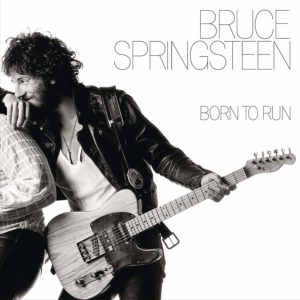
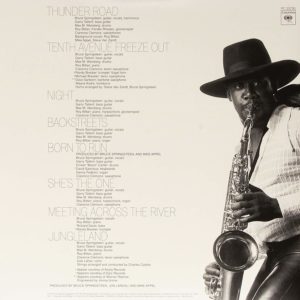
 4.5
4.5
